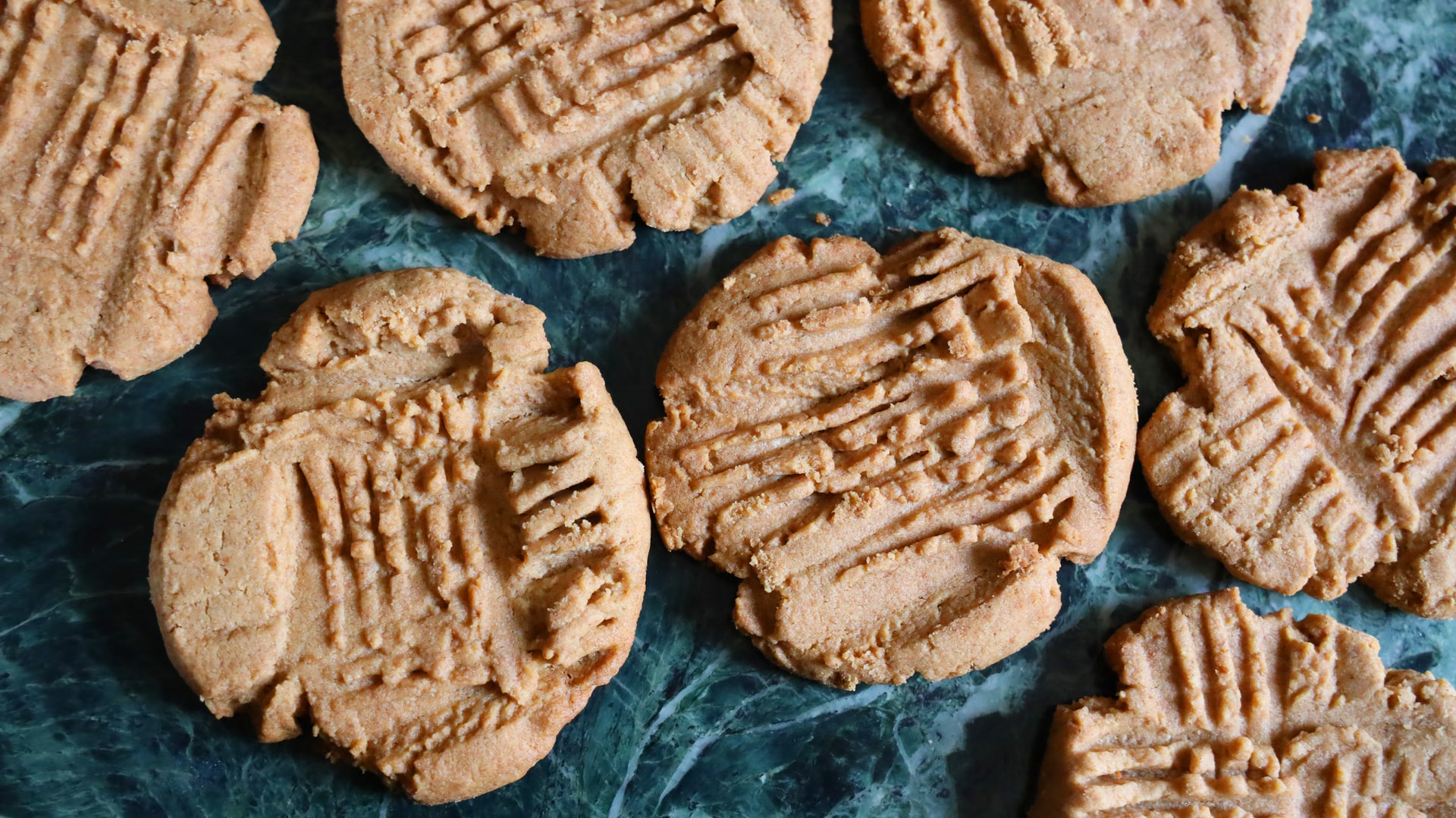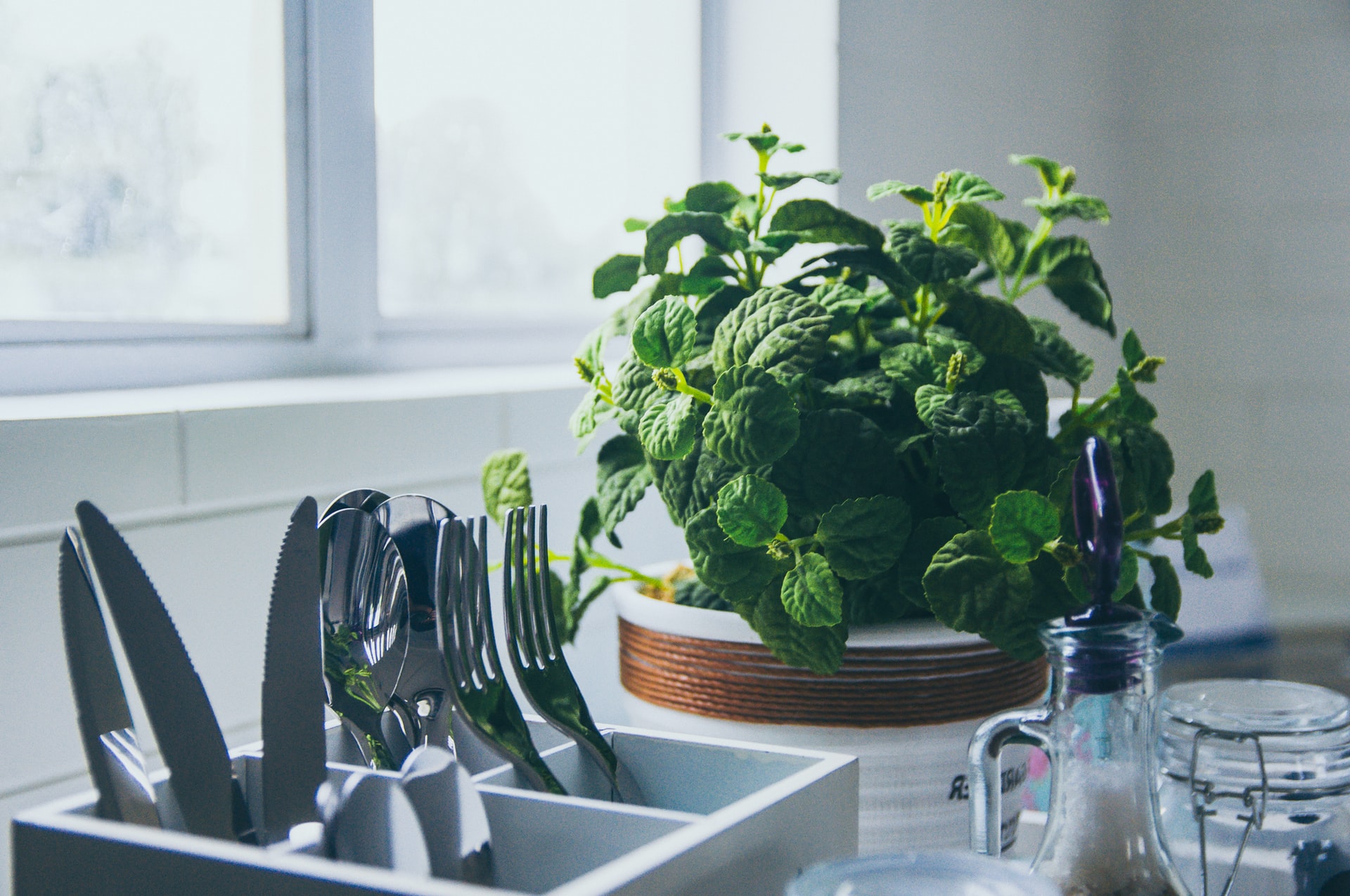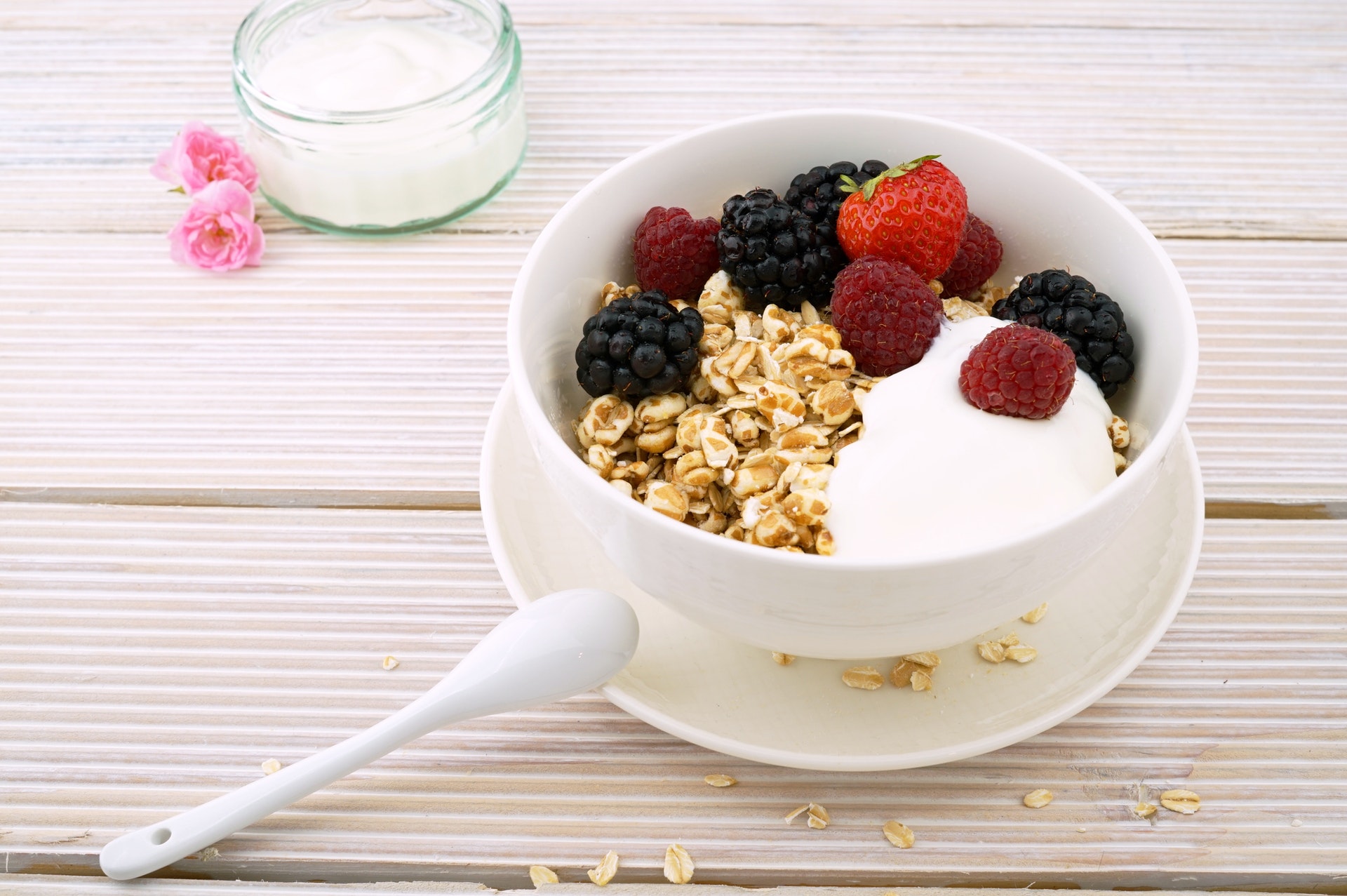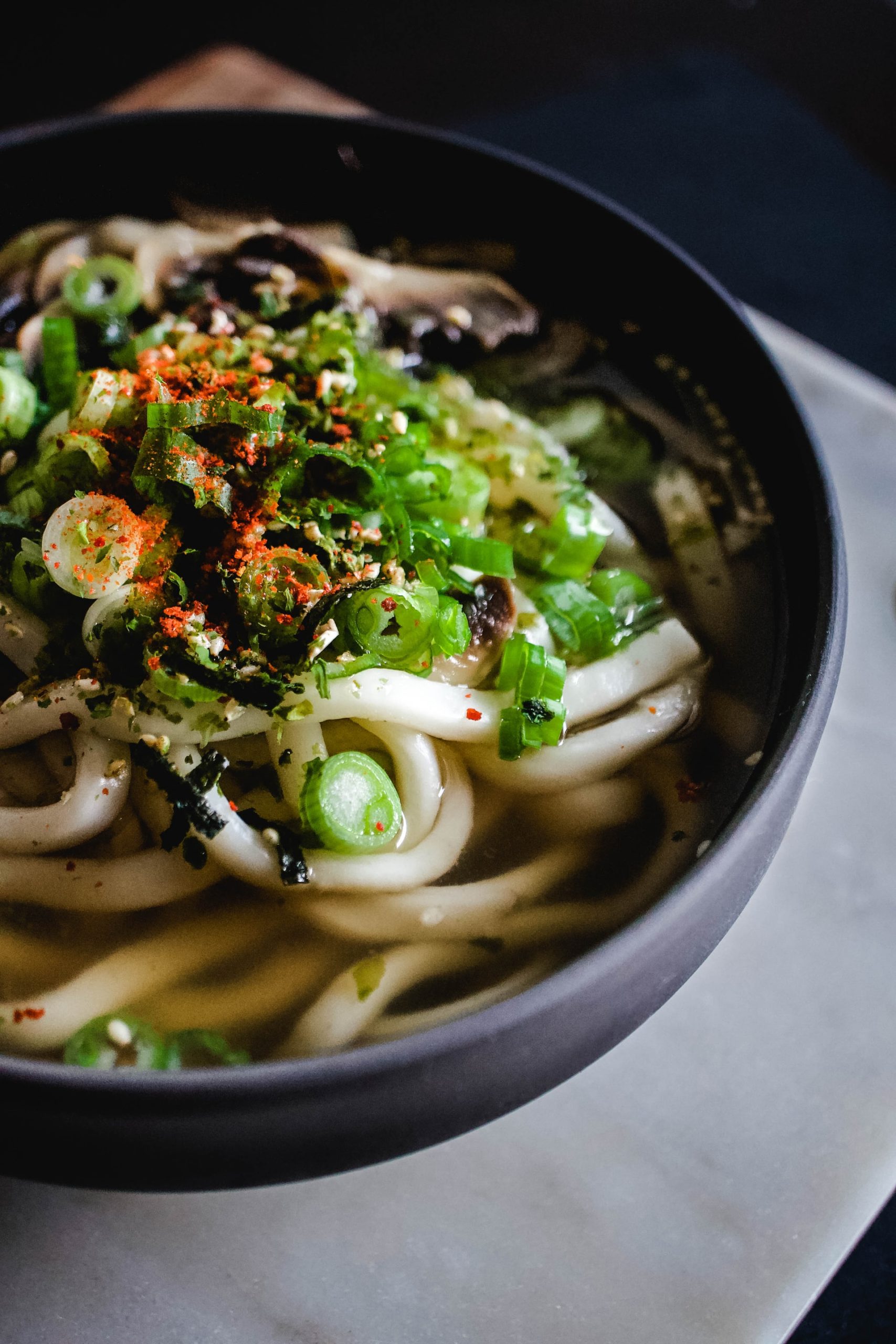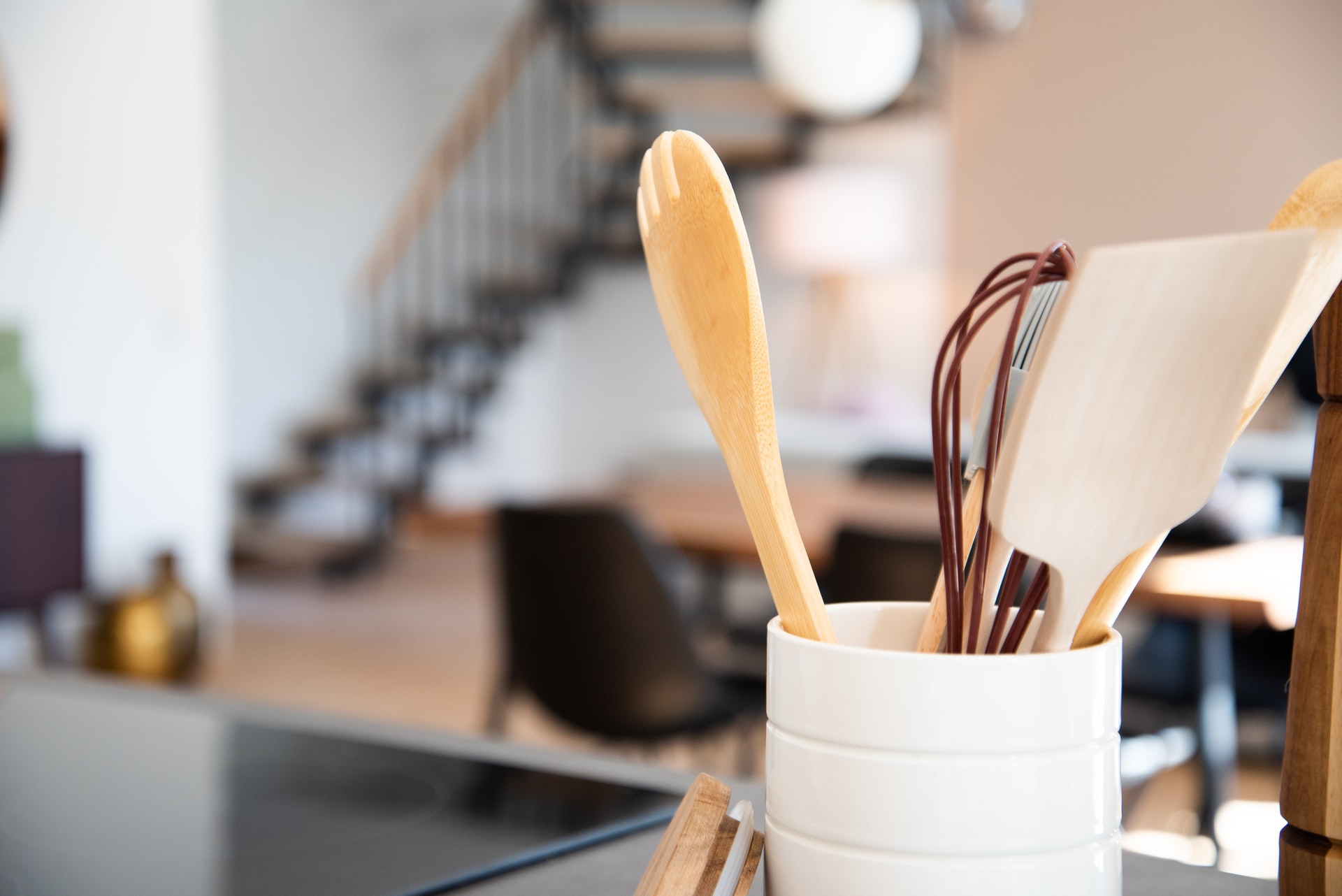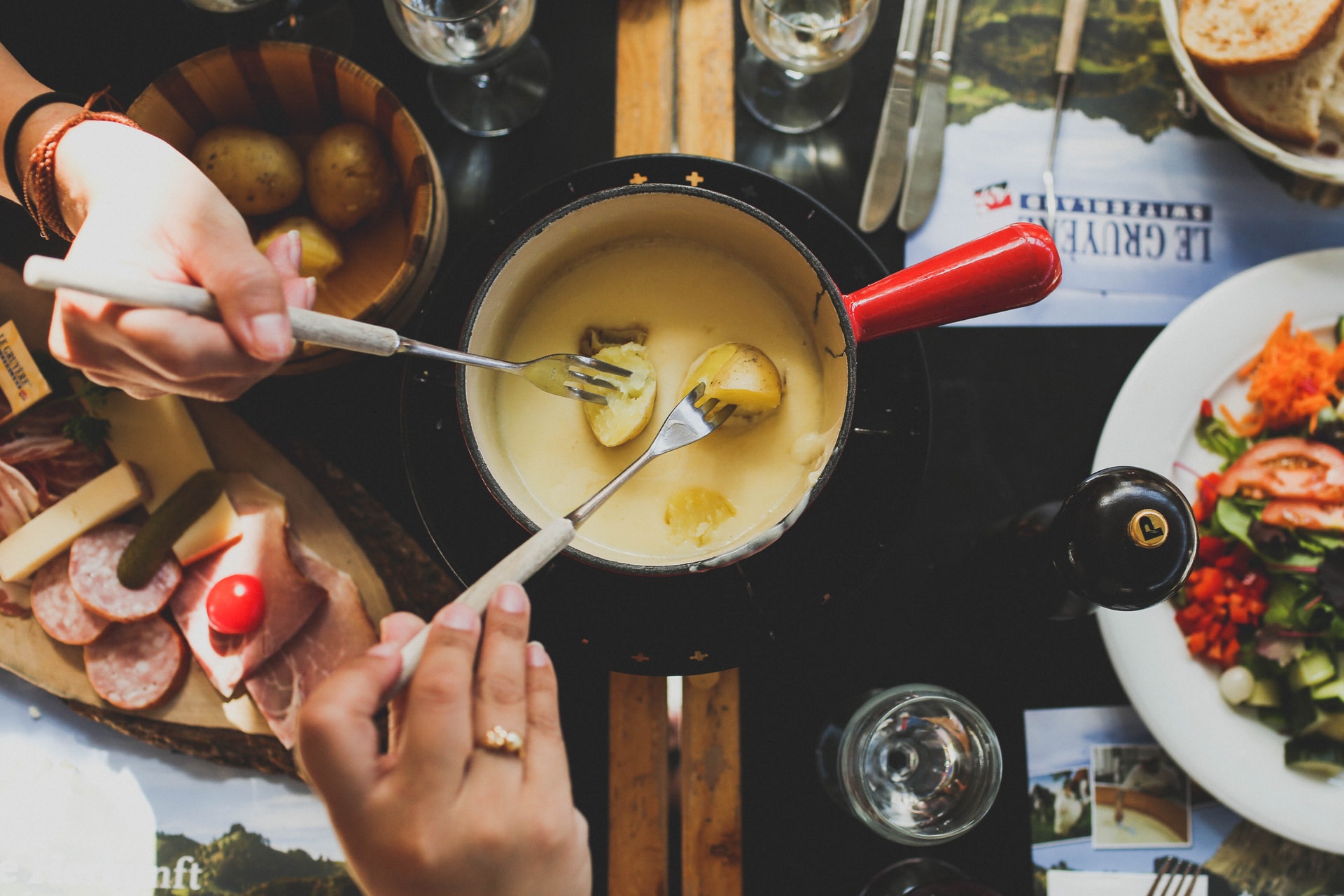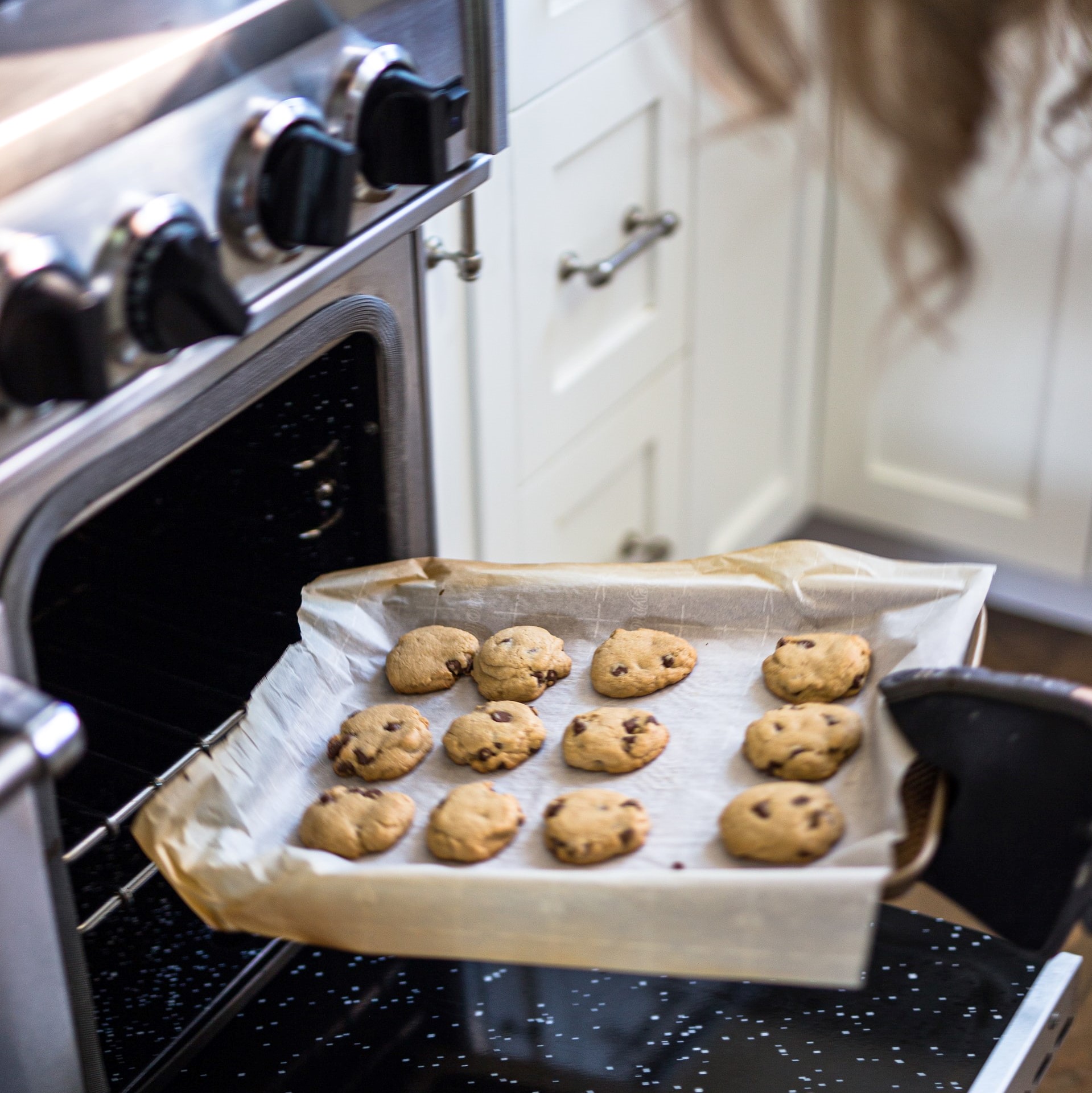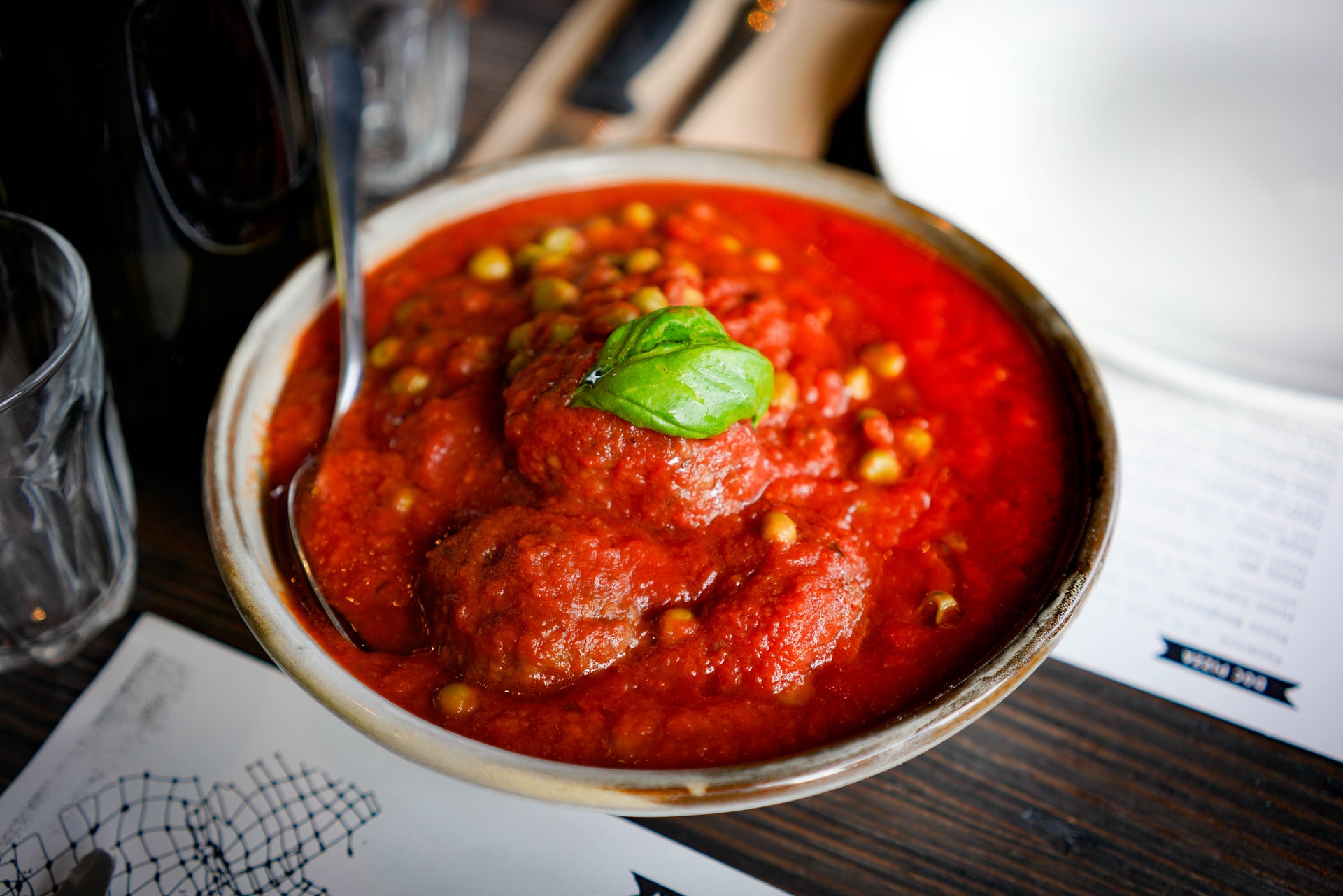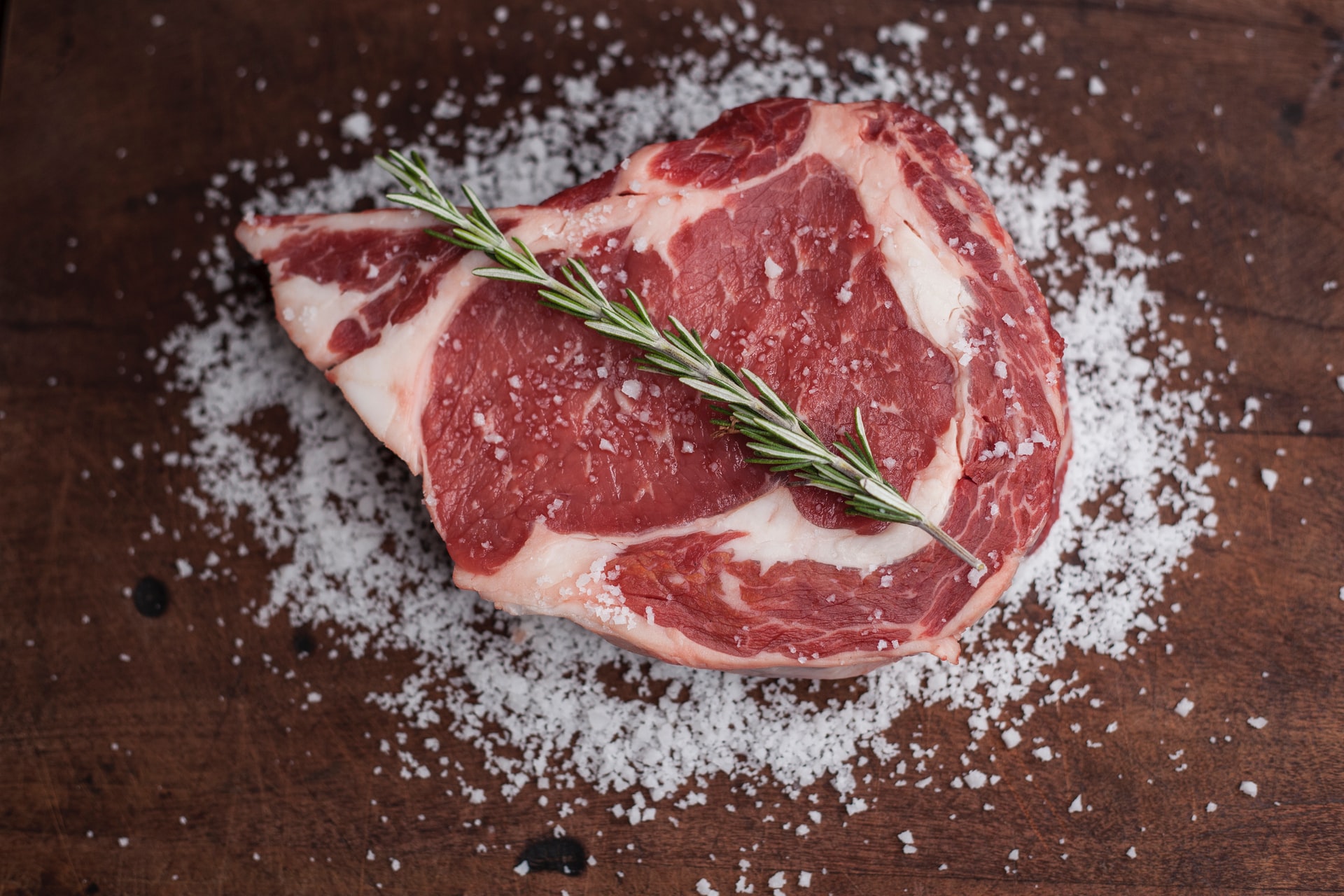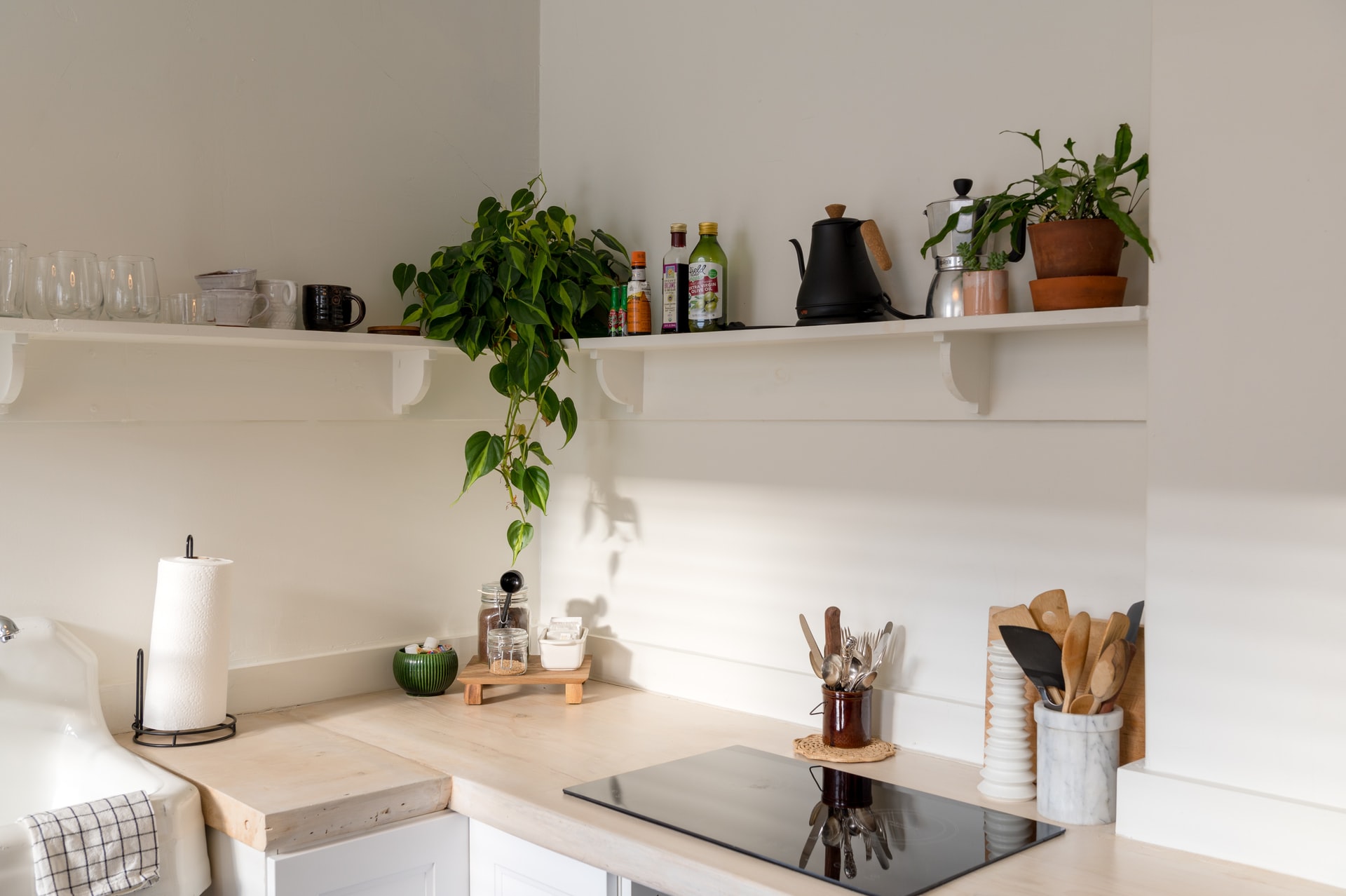The classic Italian-American style meatballs are perfect as a dinner entree or as an appetizer. These tender meatballs are loaded with herbs and cheese, and covered with a classic tomato sauce. You can store these in the refrigerator for about 5 days. Learn how to prepare it below. Prep time: 25 minutes Cook time: 60 minutes Total time: 85 minutes Servings: 8 servings Ingredients: For the meatballs: 1 pound ground beef (at least 16 percent fat) 1 pound ground pork 2/3 cup milk (whole or 2 percent) 3 slices of white bread, crusts removed (about 3 ounces) 1/4 cup ricotta cheese 1/4 cup grated Parmesan or Romano cheese 2 large eggs 1 teaspoon salt (or 2 teaspoons of kosher salt) 1 tablespoon chopped fresh parsley 2 teaspoons black pepper 1 teaspoon dried oregano or marjoram 2-3 garlic cloves, minced About 1 cup flour, for dusting 1/3 cup extra virgin olive oil 2 1/2 cups (24 ounces) tomato sauce (recipe follows, or use already prepared) Tomato Sauce: 2 tablespoons extra virgin olive oil 3/4 cup finely chopped onions 3/4 cup finely chopped carrots 3/4 cup finely chopped celery 2 tablespoons chopped fresh parsley 1 clove garlic, minced 1 28-oz can crushed or whole tomatoes, including the juice, or 1 3/4 pound of fresh tomatoes, peeled, seeded, and chopped 1/2 teaspoon dried basil or 2 Tbsp chopped fresh basil 1 teaspoon tomato paste Salt and freshly ground black pepper to taste Directions: Heat olive oil in a large skillet on medium heat. Add the onions, carrots, celery, and parsley. Stir to coat with the oil, reduce the heat to low and cover the pan. Cook for 15 to 20 minutes until the vegetables are soft and cooked through. Remove the cover, add the garlic, and increase the heat to medium high. Cook the garlic for half a minute, then add the tomatoes (if using whole canned tomatoes, break up with your fingers as you add them to the pan). Add the tomato paste and basil. Season with salt and pepper. Bring to a low simmer, reduce the heat to low and let cook uncovered until thickened while you prepare the meatballs, 15 to 30 minutes. Purée in a blender, or push through a food mill for a smooth consistency. Return to pan. Adjust seasonings. Heat the milk in a small pot until steamy. Turn off the heat, tear the bread into little pieces and soak it in the milk until it partially dissolves. Mash it until you get something that resembles a paste. Turn it out onto a plate to let it cool. In a large bowl, combine the beef, pork, ricotta cheese, grated Parmesan, eggs, salt, parsley, oregano, black pepper, garlic cloves and the bread-milk mixture. Mix it well with your hands until it barely combines. Don’t overwork the mixture or it will become tough. It is OK to have some discernible bits of bread or meat in the mix; better that than overworked meatballs. Wet your hands and form the meatballs. A traditional size for this sort of meatball is 2-3 inches across, but you can make them any size you want. Once you roll the meatball in your hands, roll it in the flour to give it a good coating. Set each one on a baking sheet as you work. You might need to rinse your hands a few times as you make the meatballs. When all the meatballs are formed, heat olive oil in a large skillet over medium-high heat. Brown the meatballs on at least two sides. Don’t worry about the center getting cooked through, as you will finish these in the sauce. Once all the meatballs are browned, arrange them in the sauce, turning each one over in the sauce to coat. Cover the pot and simmer gently for 15-20 minutes. Serve with the sauce and pasta or crusty bread. Sprinkle with a little chopped parsley for garnish if you want. Source: Simply Recipes

